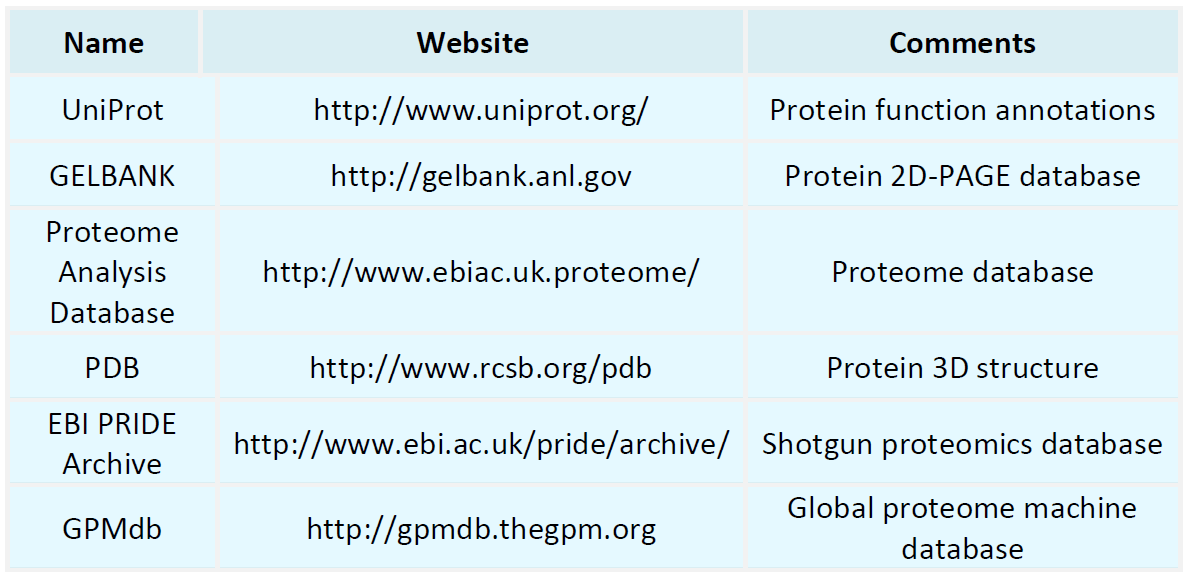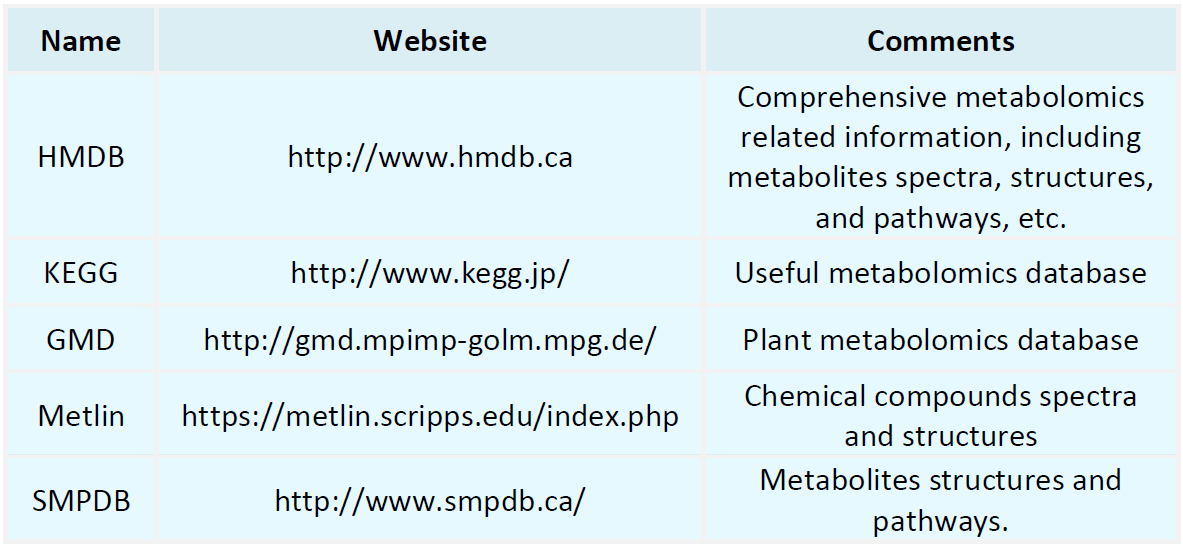Resources
Proteomics Databases

Metabolomics Databases

-
• Exploring Potential Biomarkers for Glycan-Related Diseases
Glycoproteins are a class of proteins tightly bound to sugar molecules. They are widely present on the cell surface and extracellular matrix, and participate in various cellular processes, such as cell-cell interactions, signal transduction, extracellular matrix organization, and inflammation reactions. In recent years, with the continuous development of proteomics technologies, glycoproteomics has emerged as an important branch of proteomics.
-
• How to Select the Optimal Mass Spectrometry Technique for Proteomics?
Proteomics based on mass spectrometry is an important biological research method that helps scientists understand the structure, function, and interactions of proteins by analyzing proteins in biological samples. This in turn promotes the development of biopharmaceutical research and clinical applications. However, when choosing the appropriate mass spectrometry techniques and strategies, researchers need to consider several factors to ensure the accuracy and reliability of the data.
-
• Peptidomics Revealing the Composition and Functions of Peptides Within Organisms
In organisms, peptides are a class of small molecular chains composed of amino acids. Peptides play important functional roles in biology, participating in processes such as regulating cell signaling, metabolic regulation, and antimicrobial defense. However, traditional research methods have limited abilities to comprehensively understand the composition and function of peptides.
-
In organisms, proteins serve as the fundamental executors of cellular functions and play important roles in signal transmission, catalysis, and maintenance of structures. However, the functionality of proteins is closely related to their spatial location within cells and tissues. In order to deepen our understanding of the functionality and disease mechanisms of biological systems, as well as to advance the development of biopharmaceuticals, scientists have proposed spatial proteomics techniques.
-
• What are the Common Methods for Peptidomics Analysis?
Peptidomics is the field that studies the complete set of peptides and their functions in organisms. In order to gain a deeper understanding of the composition and functions of peptides in biological systems, scientists have developed various methods for peptidomics analysis. This article will introduce commonly used methods for peptidomics analysis, allowing readers to understand the principles and applications of these methods.
-
• Common Methods and Detection Techniques for Interacting Protein Screening
In the field of biopharmaceuticals, protein-protein interaction is a crucial step in studying biological processes and developing drugs. Protein-protein interaction screening is an important technique used to discover and study the interactions between proteins.
-
• Methods for Molecular Weight Determination
Molecular weight is an important parameter for describing the size of molecules and holds significant significance in the field of biopharmaceutical research and applications. Scientists have developed various methods for measuring molecular weight accurately to determine the mass or size of molecules. This article will introduce the working principles of molecular weight determination methods to help readers understand the basic principles and application scope of these methods.
-
• Precise Quantitative Analysis and Functional Interpretation of Disease Research in Proteomics
Proteomics, as a discipline that studies the composition, structure, function, and interactions of all proteins within an organism, plays a crucial role in disease research. With the advancement of technology, proteomics enables precise quantification and functional analysis of disease-related proteins, providing important scientific basis for understanding disease mechanisms, identifying new therapeutic targets, and developing innovative biopharmaceuticals.
-
• Working Principle of Molecular Weight Determination in HPLC Analysis
In the field of biopharmaceuticals, peptides play an important role as bioactive molecules and have broad application prospects. Accurate determination of the molecular weight of peptides is an important task in order to determine their structure and characteristics. High-performance liquid chromatography (HPLC) analysis technique plays a crucial role in peptide analysis due to its high resolution, sensitivity, and wide applicability.
-
• Mass Spectrometry Imaging Revealing Spatial Distribution of Proteins
Proteins, as important functional molecules in organisms, have significant implications for understanding biological processes and disease development through their spatial distribution at the cellular and tissue levels. With the advancement of proteomics technologies, mass spectrometry imaging has emerged as a powerful tool for revealing the spatial distribution of proteins at the tissue and cellular levels.
How to order?







